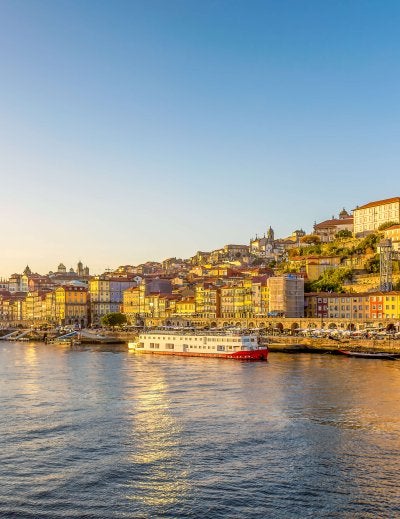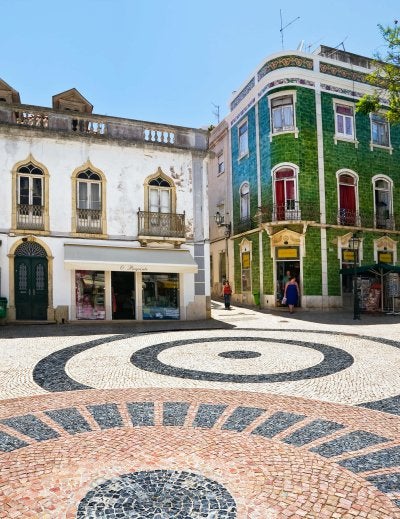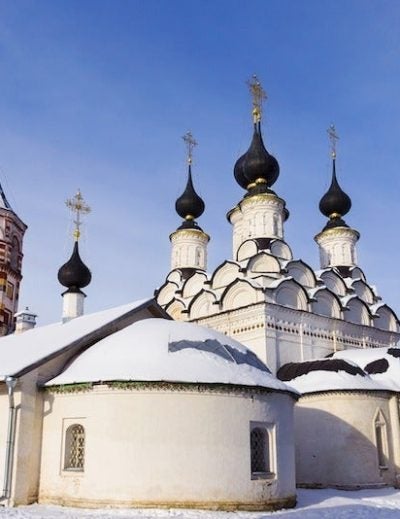
Travel Guide to Palermo’s Norman Palace
The Norman Palace, known in Italian as Palazzo dei Normanni, is one of Palermo’s most impressive landmarks and a symbol of Sicily’s rich and diverse heritage. Standing proudly at the highest point of the city, this magnificent building combines Arab, Norman, Byzantine, and Spanish influences, reflecting the island’s complex past. As one of the oldest royal residences in Europe, it has been a centre of power for centuries and today serves as the seat of the Sicilian Regional Assembly. Recognised by UNESCO as part of the “Arab-Norman Palermo and the Cathedral Churches of Cefalù and Monreale” site, it remains one of the island’s greatest architectural treasures. If you’re planning a trip to the region, you can find more inspiration in this guide to things to do in Sicily.
A Journey Through History
The origins of the Norman Palace go back to the 9th century, when Sicily was under Arab rule. Built initially as a fortress known as a “Qsar,” it served defensive purposes between the rivers Kemonia and Papireto and may have been constructed upon an earlier Phoenician stronghold.
When the Normans arrived in Palermo in 1072, they began transforming the fortress into a royal residence. Roger II, crowned King of Sicily in 1130, turned the palace into the heart of his court and a cultural crossroads where Arab, Byzantine, and Latin traditions merged. He also commissioned the construction of the splendid Palatine Chapel in 1132, which was consecrated in 1140.
Over the centuries, different rulers left their mark on the palace. The Swabians maintained its administrative function, while the Spanish viceroys of the 16th century added fortifications, bastions, and the grand Renaissance façade that overlooks Piazza del Parlamento. The Bourbons later completed its decoration and expansion. Since 1946, the Norman Palace has housed the Sicilian Regional Assembly, continuing its long history as a seat of power.
Architectural Brilliance
The Norman Palace is an outstanding example of Arab-Norman architecture, a unique blend of Islamic, Byzantine, and Western elements that symbolises Sicily’s multicultural history. The thick exterior walls and towers hint at its origins as a fortress, while the elaborate interior design reveals its transformation into a royal residence.
The palace’s layout evolved over time, with new courtyards, chapels, and halls added by successive rulers. Its Renaissance and Baroque features blend seamlessly with the older medieval elements, creating a layered architectural masterpiece.
Highlights of the Norman Palace
Cappella Palatina (Palatine Chapel)
The Palatine Chapel is widely regarded as the jewel of the Norman Palace. Commissioned by Roger II in 1132, it is famed for its golden mosaics depicting scenes from the Old and New Testaments, as well as the majestic Christ Pantocrator in the apse. The chapel’s interior combines Islamic geometric motifs, Byzantine artistry, and Norman architectural features. Craftsmen of different faiths—Muslim, Greek Orthodox, and Latin Christian—worked side by side to create this masterpiece. Greek, Arabic, and Latin inscriptions throughout the chapel further reflect the island’s cultural harmony during this era.
The King’s Apartments
These chambers offer insight into the refined lifestyle of the Norman kings, featuring carved wooden ceilings, frescoes, and period furnishings.
Sala di Ruggero II (Roger II’s Hall)
Once used as the royal bedroom, this richly decorated room features mosaics of animals and hunting scenes that reflect Byzantine influence.
Sala dei Venti (Hall of Winds)
Admired for its detailed mosaics and elegant design.
Sala d’Ercole (Hercules Hall)
Decorated during the Bourbon period, this grand hall is adorned with frescoes depicting scenes from the myth of Hercules. It now serves as the home of the Sicilian Regional Assembly.
Astronomical Observatory
Established in the 18th century, the palace’s observatory is one of Europe’s earliest and continues to intrigue visitors with its scientific heritage.
Courtyards and Archaeological Layers
The palace’s courtyards, such as the Fountain Courtyard (1584) and Maqueda Courtyard (1600), showcase Spanish and Renaissance influences. Beneath the palace, archaeologists have uncovered remnants of a Punic settlement discovered in 1984, offering a fascinating link to Palermo’s ancient origins.
Cultural and Political Significance
Throughout history, the Norman Palace has been both a symbol and a centre of political authority in Sicily. It hosted the courts of Norman kings and later the Spanish viceroys, reflecting the island’s importance as a crossroads of Mediterranean civilisations.
Its inclusion in the UNESCO World Heritage list highlights its cultural value as a site where Western, Islamic, and Byzantine traditions converged. Today, as the seat of the Sicilian Regional Assembly, it continues to embody the island’s political and cultural identity.
Visitor Information
Location: Piazza del Parlamento, 1, 90129 Palermo, Sicily
Opening Hours: Monday to Saturday, 8:30 am–4:30 pm; Sunday, 8:30 am–12:30 pm. Visitors should check the official website before arrival, as hours and access can vary.
Tickets: Full access tickets generally cost between €15 and €19 and include entry to the palace, Palatine Chapel, and gardens. Advance booking is advised, particularly during high season.
Tours: Guided tours of around 90 minutes are available, with English-speaking guides.
Visitor Tips: Modest clothing is required for entry to the chapel. Photography is permitted in most areas, but flash is not allowed inside.
Accessibility: The site is accessible to wheelchair users.
Nearby Attractions
The Norman Palace sits close to some of Palermo’s most important landmarks. The Palermo Cathedral, another UNESCO-listed site, is within easy walking distance. Other notable stops on the Arab-Norman route include the Church of San Cataldo, the Church of San Giovanni degli Eremiti, and the Church of Santa Maria dell’Ammiraglio (Martorana). The Castle of Zisa, the Admiral’s Bridge, and the lively Ballarò Market are also nearby and worth exploring.
FAQs
What makes the Norman Palace significant?
It is one of Europe’s oldest royal residences and a prime example of Arab-Norman architecture, blending Islamic, Byzantine, and Western styles.
What is the Cappella Palatina?
The Palatine Chapel is the palace’s most celebrated feature, renowned for its golden mosaics and multicultural artistry.
Is the Norman Palace part of a UNESCO site?
Yes, it forms part of the “Arab-Norman Palermo and the Cathedral Churches of Cefalù and Monreale” World Heritage Site.
How long should I spend there?
Around two hours is ideal to visit the palace, chapel, and courtyards at a relaxed pace.
Can I take photos?
Yes, photography is allowed, but flash use is restricted in certain areas, especially inside the chapel.



